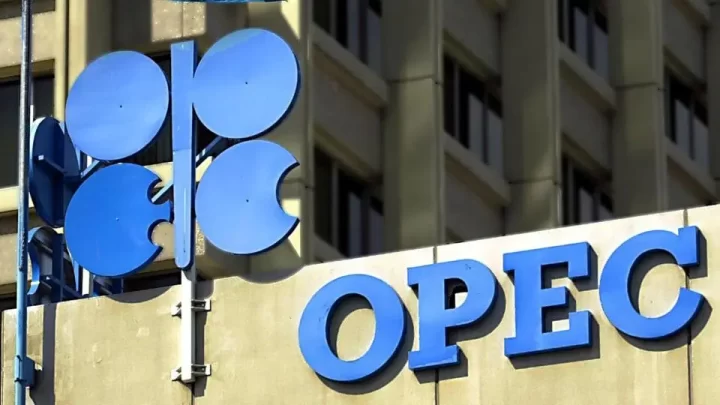The Organization of the Petroleum Exporting Countries and its allies, collectively known as OPEC+, have announced a modest increase of 137,000 barrels per day in oil production beginning in November 2025. This decision reflects the group’s cautious approach to managing global oil supply amid lingering market uncertainties and fluctuating demand patterns. The output hike forms part of the gradual rollback of the alliance’s earlier voluntary cuts, which were implemented to stabilize prices during periods of low demand.
The oil producers’ group stated that the increase is a measured response to evolving global energy needs and economic conditions. It also reiterated its commitment to maintaining market balance and avoiding price shocks that could harm both producers and consumers. The decision follows several months of debate among member countries, with some advocating for stronger production growth while others pushed for restraint due to fears of oversupply.

In recent months, OPEC+ has been walking a tightrope between stabilizing prices and maintaining its market share in the face of rising output from non-member countries, particularly the United States, Brazil, and Canada. Analysts believe the decision to raise output slightly underscores OPEC+’s desire to remain flexible while signaling confidence in the global economy’s capacity to absorb more supply.
Following the announcement, oil prices reacted modestly. Brent crude traded slightly higher at around $85 per barrel, while West Texas Intermediate hovered near $82. The moderate price increase reflected investor relief that OPEC+ avoided a larger production surge, which could have flooded the market and depressed prices further. Energy experts noted that the alliance’s approach reflects a balance between encouraging economic recovery and protecting member nations’ revenues.
Saudi Arabia and Russia, the group’s two largest producers, played pivotal roles in shaping the outcome of the meeting. Saudi Arabia reportedly supported a modest increase to maintain stability, while Russia favored a more conservative stance to prevent price erosion amid ongoing geopolitical and trade pressures. The final consensus represented a compromise that keeps the alliance united at a critical time for global energy markets.
Market observers have emphasized that OPEC+ remains cautious about global oil demand, which has shown uneven recovery due to persistent inflation, interest rate hikes, and slowdowns in major economies. The International Energy Agency (IEA) recently projected a slight decline in oil demand growth in 2025, adding to concerns about potential oversupply. In light of this, the group’s decision to limit the increase to just 137,000 barrels per day was seen as a prudent move.
Industry analysts said that the decision could help stabilize investor sentiment in the short term, especially as concerns persist about declining Chinese demand and the impact of alternative energy sources. They also highlighted that the incremental increase could give OPEC+ more room to maneuver in the coming months if global conditions worsen. The group reaffirmed its readiness to reverse or adjust the new production plan should prices fall significantly below target levels.
Beyond market stabilization, the decision also reflects the alliance’s intent to ensure consistent revenue streams for its members, many of which rely heavily on oil exports for budgetary sustainability. Countries like Nigeria, Angola, and Iraq are expected to benefit from the steady price environment, which could support fiscal recovery efforts amid rising economic pressures.
The latest development reinforces OPEC+’s long-term strategy of measured output adjustments to safeguard against volatility. The organization noted that it would continue to monitor the global oil landscape, taking into account production levels, inventory data, and geopolitical risks before announcing any further changes. The next OPEC+ meeting is scheduled for early November, where members will reassess the global economic outlook and determine whether further adjustments are necessary.
In conclusion, OPEC+’s move to raise output by 137,000 barrels per day underscores its cautious optimism toward global market recovery. By keeping the increase small and flexible, the group aims to maintain stability in prices, protect revenues, and strengthen its influence in the evolving global energy market. The measured approach signals that OPEC+ intends to prioritize balance over expansion as it navigates one of the most unpredictable energy landscapes in recent years.
Support InfoStride News' Credible Journalism: Only credible journalism can guarantee a fair, accountable and transparent society, including democracy and government. It involves a lot of efforts and money. We need your support. Click here to Donate
